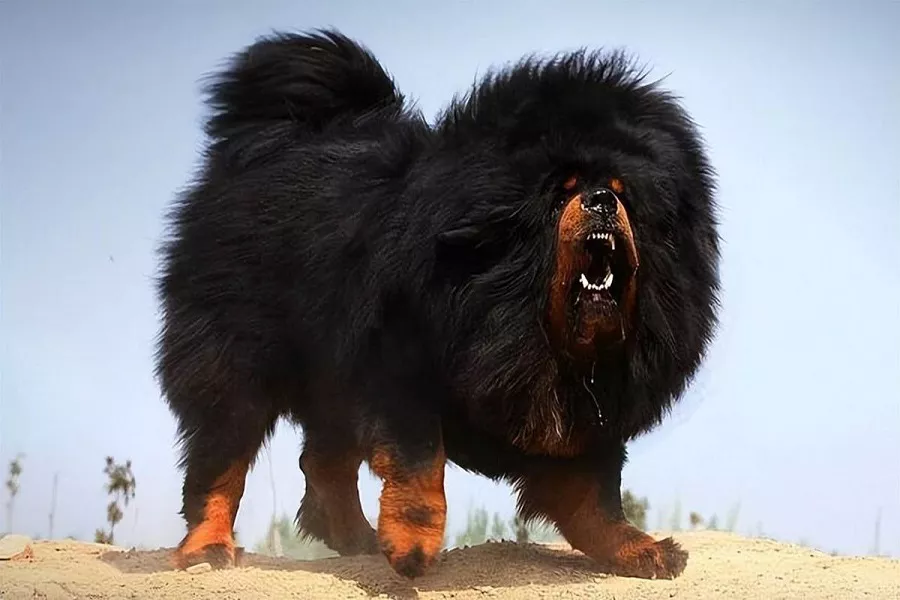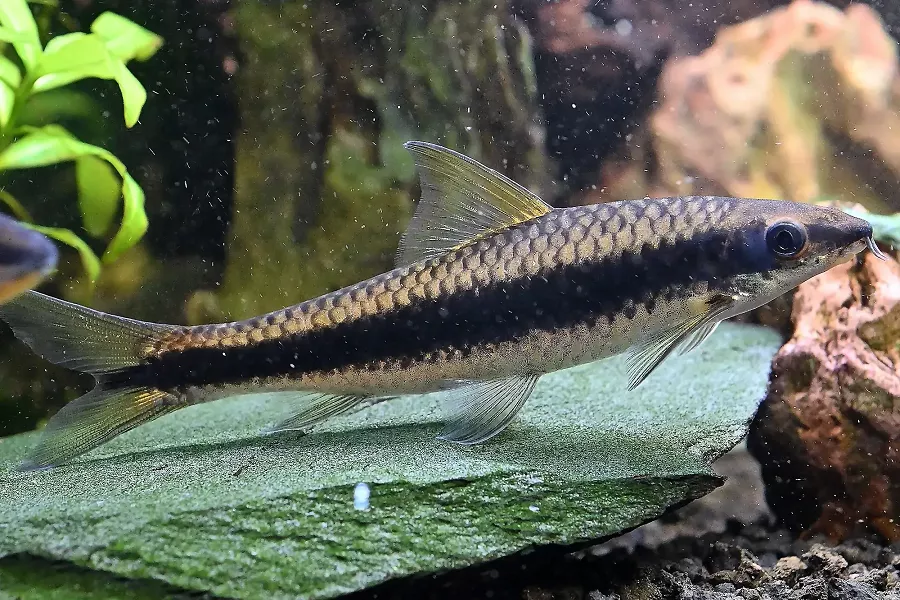Tibetan Mastiff Training Course, Tibetan Mastiff has been a good friend of mankind since ancient times. In Tibet, Tibetan Mastiff guards the sheep’s side and acts as a shepherd dog. This shows that Tibetan Mastiff can be trained, but how should we train Tibetan Mastiff? Tibetan Mastiff Training Course Tibetan Mastiff training should follow the principle of step by step. It may not be successful at one time. It may take ten, dozens of times or even the above training before the Tibetan Mastiff can be successfully trained. Therefore, it is necessary to formulate a training plan and specific plan. , According to the training method from easy to difficult, from shallow to deep, first decompose and then combine, and gradually let your Tibetan Mastiff enter your training tutorial, for example, when the elephant makes a sound, it should be divided into three steps: standing, waving, and barking. train. Training can be done in three steps:
The first stage is to train in a quiet environment. Use language and gestures to guide the dog to make the required movements. Rewards are given upon completion.
The second stage is in a slightly more complex environment: (such as when other people are present) training in the previous way. If the action can be completed, in addition to the reward, reduce the reflex condition (such as only issuing a password, not making a gesture) until the action is completed.
The third stage is in complex environments: (such as pedestrians or other dog-heavy places), issue commands until completion. Although dogs are roughly the same in body structure and living habits, there are great differences in personality. These differences determine the success or failure of training.
If you don’t understand the dog’s personality, blind training is likely to achieve nothing.
- Excited dog This kind of dog is characterized by being easily excited, which should be used and mobilized during training, and its restraint should be cultivated at the same time.
- Active dog This kind of dog is characterized by strong excitation and inhibition processes, flexible transformation, and rapid formation of excitation and inhibitory reflexes during training. Improper training methods can easily lead to bad connections. Therefore, special attention should be paid to the means and corresponding methods should be adopted.
- Quiet dog This kind of dog is not easy to be excited, and tends to adapt to different environments, but the reflex from static to dynamic is slow, so focus on training.
- Passive Defensive Response Dog This kind of dog is characterized by being easily frightened, showing strong performance in punishment and reprimand during training, and often trying to escape. Therefore, Dongguan Weijing Dog Industry reminds you that you should have a good attitude and more rewards during training, especially pay attention to adjusting your fear. For dogs who are only afraid of animals, fear “treatment” can be performed after completing the first stage of training.
- Distraction type This kind of dog is easily affected by environmental changes during training. For this type of dog, you should first familiarize yourself with the field before training. Get more exposure to new environments and increase the time and place to walk your dog.
- Dogs with a strong food response This kind of dog is easy to accept food rewards, and food can mobilize enthusiasm and consolidate training results. But if it is a police dog, the training of restraining other characters should be added.
- Fierce and aggressive dog This kind of dog is basically a dog with high excitability, and it is necessary to appropriately strengthen the mechanical stimulation and exert its inhibition process. Strict requirements in management training, strengthen attachment, obedience and bite training, in order to make full use of their strengths. But to avoid biting people and animals. For a few ferocious and timid dogs, exercise should be strengthened to prevent excessive stimulation, so that the dog gradually becomes bold. In addition, other types of dogs may also be encountered, and the training principle for them is to foster strengths and avoid weaknesses, and skillfully apply conditioned reflexes and unconditioned counter-stimuli and methods of gradual improvement for training.
Tips: For more knowledge about pet feeding, dog feeding, cat feeding, reptile feeding, please pay attention to: mtedr.com, to provide you with a wealth of dog breeds, cat breeds, reptile breeds, types of aquarium fish, different types of small pets and so on.


























